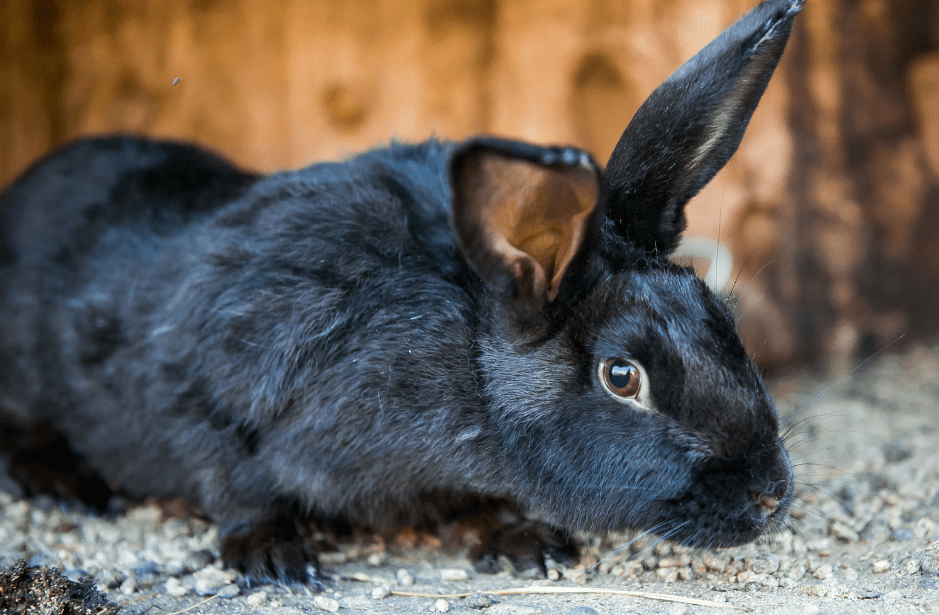
They form family groups with their offspring from prior years. Scientists believe that this species of fox is monogamous, and pairs remain together for life. Because of this, keepers provide the foxes with a variety of fruits and veggies in addition to rats, rabbits, and other proteins. Unlike other foxes, this species requires more vegetation in its diet. They must also give the foxes toys, new scents, puzzles, and other mentally stimulating activities. Zookeepers must provide them with plenty of space to exercise, and a variety of hiding places. Apart from their diet, their needs are all quite similar. In a zoological setting, this fox requires quite similar care to closely related species. They are wild animals, and will bite or scratch if threatened. Humans have not domesticated gray foxes in any way. While localized populations have different needs, the IUCN considers the population as a whole to be Least Concern. This species is much less adaptable to urbanization, and habitat destruction impacts it more than it does the red fox. Another serious impact is habitat destruction. Like any other fox, hunting and trapping plays a part in their population size. Regardless of the region, gray foxes are particularly fond of fruits, and will eat them when given the opportunity. In some areas they rely more upon insects and plants, in other areas they eat more birds or amphibians.

The rest of their diet varies based upon where they live. Their next favorite food source is the lagomorphs, also known as rabbits and hares. Most of their diet consists of rats, mice, and other rodents. These foxes are omnivores, and will eat both plants and animals. In Central America they roam across most of the country, but in South America they reside only in the very northernmost regions. In North America, they live throughout the United States, save for the northernmost areas. Gray foxes range throughout much of North America, Central America, and even into South America. Of the various forest types, gray foxes live mostly in deciduous forests. In certain populations, the foxes prefer coastal bluffs and higher populations congregate here rather than the surrounding area. This canine species lives in densely forested areas, particularly rocky and brushy habitats.

This fox species also differs from the rest of their cousins in their pupil shape.

long, and usually weigh between 8 and 15 lbs. This species has silvery gray fur, a black-tipped tail, and reddish fur on its chest and legs.

It is not difficult to tell the difference between gray foxes and their red cousins.


 0 kommentar(er)
0 kommentar(er)
